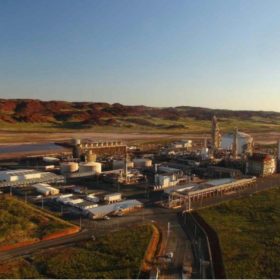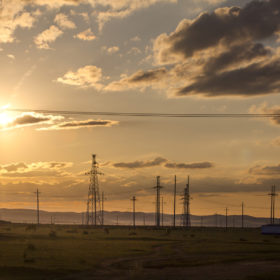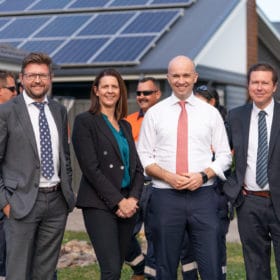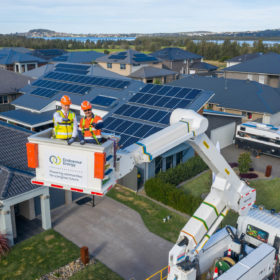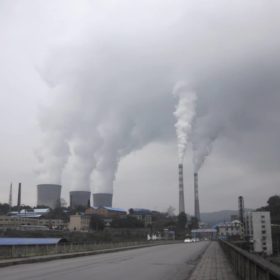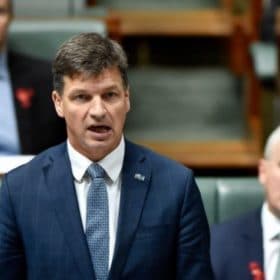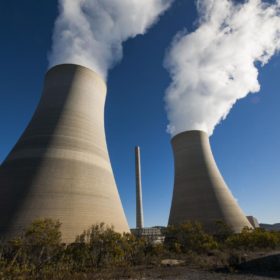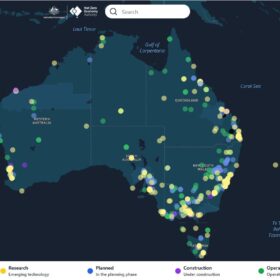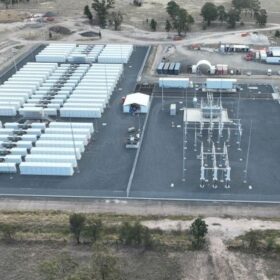Households could save $5,443 a year and a third of national emissions by electrifying, report says
Converting all home appliances and cars to run on electricity could save Australian households $40 billion a year by 2028, according to a new report from thinktank Rewiring Australia, the work of Australian-American entrepreneur Saul Griffith.
Feeling the industrial heat: carving a path to green thermal
Beyond curtailment of abundant solar and wind output lies a giant sponge of industrial need. Engie Impact is determined to connect the dots.
Industry veteran warns of looming supply chain disruption
Australia’s module supply landscape could experience a supply shock as legislation looms to stamp out the use of forced labor. Chris O’Brien, Maxeon Solar Technologies VP for the APAC region says that the measures that have left modules stranded at the U.S. border could very well occur in Australia soon.
NEM in for shake-up with five-minute settlement to start
At midnight tonight Australia’s National Electricity Market will undergo a major regulatory change with the introduction of a market reform that has been more than four years in the making.
NSW to halve emissions by 2030, injecting ‘transformative’ $37 billion into clean energy
New South Wales, Australia’s most populace state and largest economy, has upped the green ante, today setting a new target which will see it rival clean energy powerhouse South Australia. The state government is seeking to spur more than $37 billion in private investment from its policies, hoping to double the state’s economy.
NSW unveils ‘world first’ scheme to shift electricity demand, expects saving of $1.2 billion by 2040
New South Wales households and businesses will soon be incentivised to install technologies and appliances which can operate outside peak demand times as part of a scheme the state government’s claims could save consumers $1.2 billion on electricity bills by 2040.
China pledges not to build new coal plants abroad yet questions remain
President Xi Jinping’s pledge this week at the United Nations General Assembly that China will not build new coal-fired plants abroad is welcome news; however, Asia’s transition to low carbon energies remains in dire need of policy reforms.
Renewable energy giants pan ‘coalkeeper policy’ as ministers meet
Representatives from some of Australia’s most prominent renewable energy companies have united in their criticism of the Energy Security Board’s proposal for consumers to pay conventional generators such as coal and gas power plants an extra fee for their capacity, not just the actual power they produce.
EnergyAustralia eyes pumped hydro to replace coal power plant
The last of the New South Wales coal-fired power plants will be shut by 2040 at the latest after electricity gen-tailer EnergyAustralia announced it would bring forward the closure date of its 1.4 GW Mt Piper power station by two years.
Momentous victory as AGL shareholders vote for resolution to adopt Paris-aligned targets
In reportedly the largest ever contested resolution in Australian corporate history, 55% of AGL shareholders have this afternoon voted for the company to adopt Paris-aligned climate targets in both of its demerged businesses.

